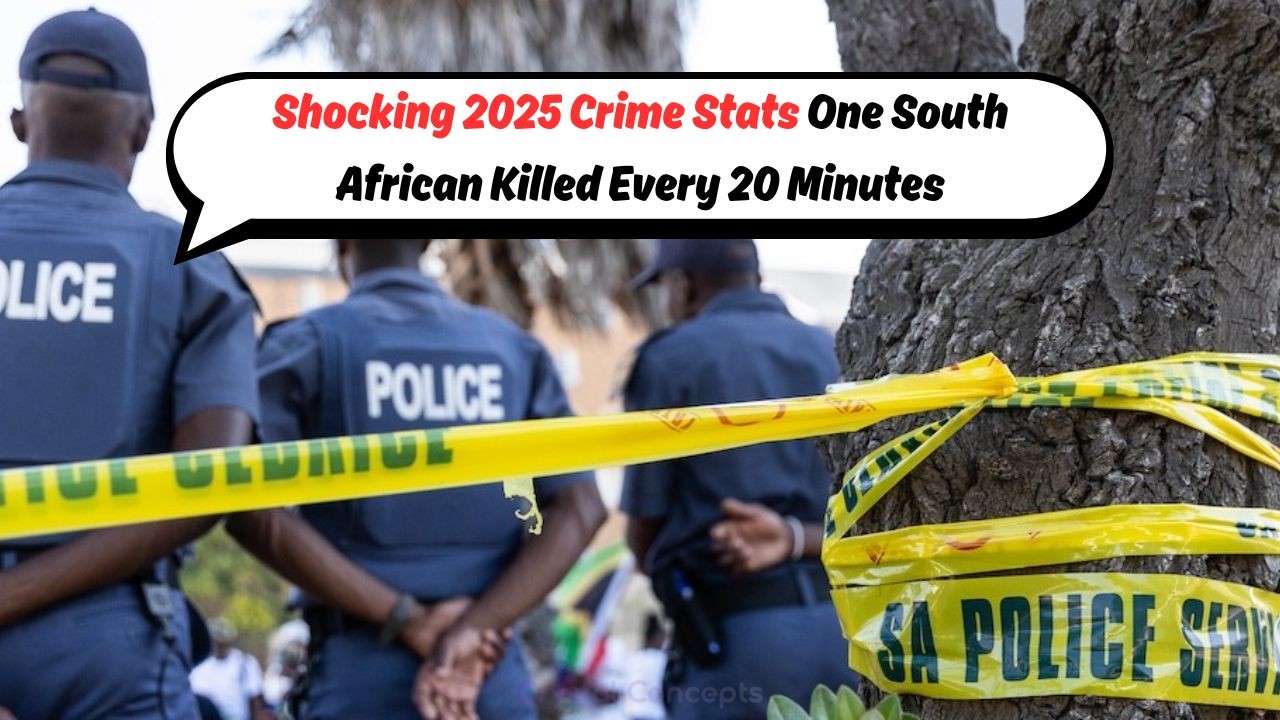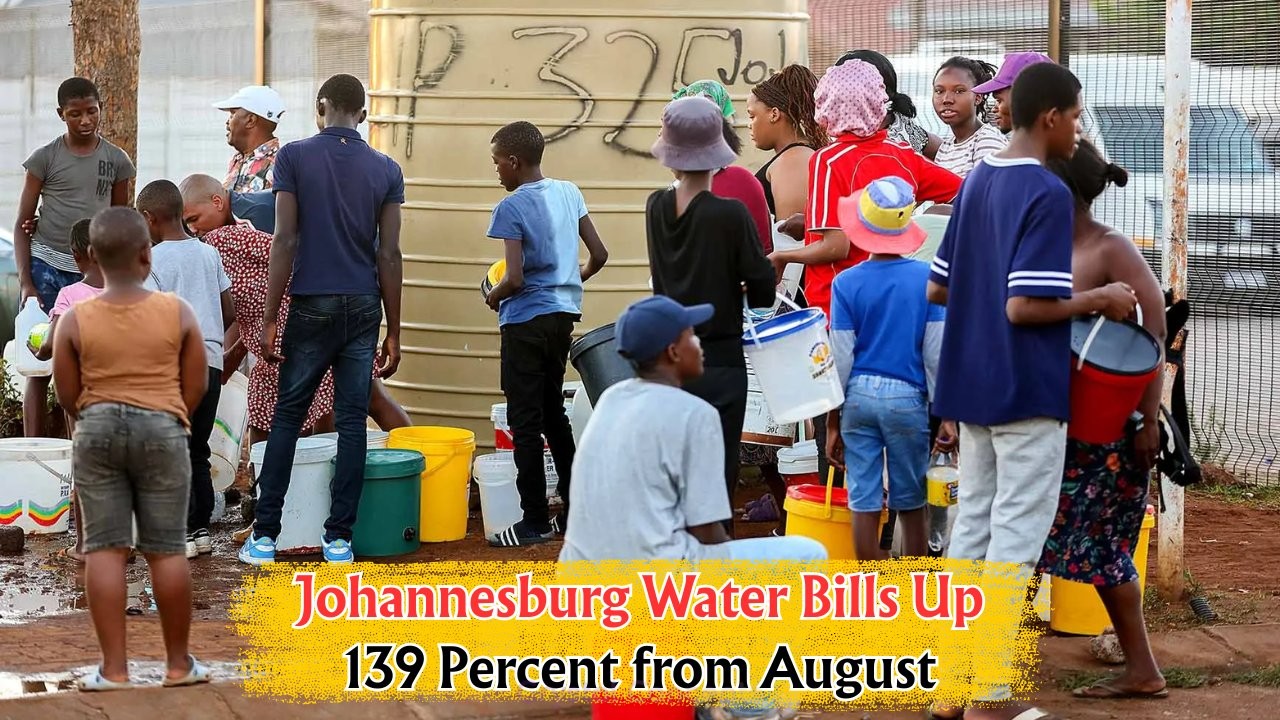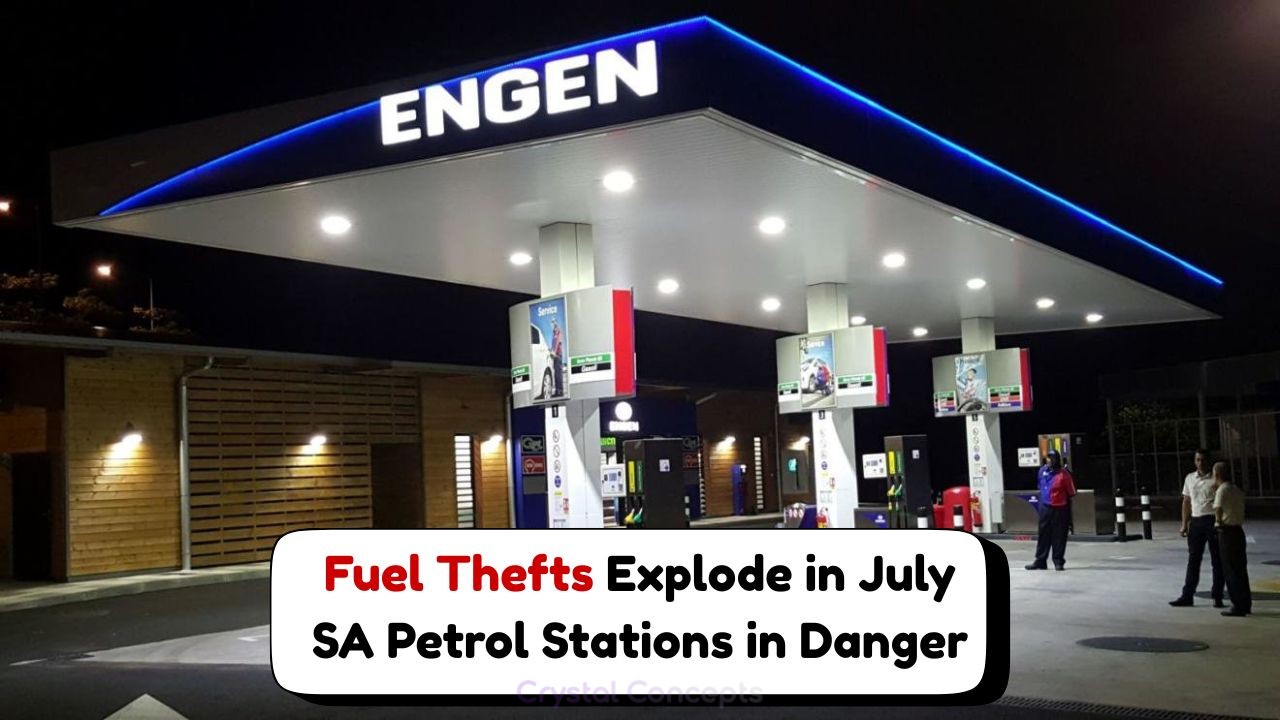Shocking 2025 Report: South Africa’s Public Safety Crisis as 27,000 Lives Lost in Cold Blood: The year 2025 has brought to light a grim reality for South Africa, as a staggering 27,000 lives have been lost due to violence, shedding light on the nation’s escalating public safety crisis. This alarming statistic underscores a significant issue that demands urgent attention and action from both the government and citizens alike. As communities across the country grapple with the aftermath, it’s crucial to delve into the factors contributing to this crisis and explore potential solutions that could pave the way for a safer South Africa.
Understanding the Causes of South Africa’s Safety Crisis
The rising tide of violence in South Africa is not a recent phenomenon but a culmination of long-standing socio-economic issues. High unemployment rates, widespread poverty, and systemic inequality have created fertile ground for crime to flourish. In 2025, these factors have manifested in a public safety crisis of unprecedented proportions. Urban areas, in particular, have seen a surge in violent crimes, as economic desperation drives individuals to take drastic actions. Social disintegration, coupled with under-resourced policing, further exacerbates the situation, leaving communities vulnerable and in fear.
- Economic Disparities
- Ineffective Policing
- Social Disintegration
- Insufficient Resources
- Lack of Community Programs
The Impact of Violence on South African Communities
The ripple effects of this violence extend far beyond the immediate victims. Families are left shattered, communities are torn apart, and the nation’s morale is deeply affected. Each life lost represents a family plunged into grief, and the psychological impact on communities cannot be overstated. Schools and businesses in affected areas face closures, contributing to a cycle of poverty and further instability. Fear and mistrust grow, hindering community cohesion and making it challenging to implement communal safety initiatives. The long-term impact on South Africa’s socio-economic landscape is profound and requires comprehensive strategies to address.
Statistical Overview of Crime in 2025
| Category | Incidents | Percentage Increase | Affected Provinces | Year |
|---|---|---|---|---|
| Homicides | 27,000 | 15% | Gauteng, KZN | 2025 |
| Assaults | 35,000 | 10% | Western Cape | 2025 |
| Robberies | 50,000 | 20% | Eastern Cape | 2025 |
| Burglary | 70,000 | 25% | Mpumalanga | 2025 |
| Carjacking | 40,000 | 30% | Limpopo | 2025 |
Exploring Solutions to South Africa’s Public Safety Challenges
Addressing South Africa’s public safety challenges requires a multi-faceted approach that incorporates both immediate and long-term strategies. Strengthening law enforcement capabilities is crucial, with a focus on enhancing training, resources, and technology. Community engagement programs can play a pivotal role in rebuilding trust between the police and citizens, fostering cooperation and shared responsibility for safety. Additionally, tackling root causes such as poverty and unemployment is essential to reducing crime rates. This can be achieved through targeted social programs and economic initiatives aimed at uplifting disadvantaged communities.
Key Strategies for Improvement
| Strategy | Objective | Implementation | Expected Outcome |
|---|---|---|---|
| Enhanced Policing | Reduce Crime | 2025-2028 | Lower Crime Rates |
| Community Programs | Build Trust | 2025-2027 | Stronger Community Bonds |
| Economic Initiatives | Reduce Poverty | 2025-2030 | Increased Employment |
| Education and Training | Skill Development | 2025-2030 | Better Job Prospects |
| Technology Upgrades | Improve Efficiency | 2025-2029 | Improved Law Enforcement |
The Role of Government and Society in Addressing the Crisis
Government intervention is paramount in steering South Africa out of this crisis. Policy reforms that prioritize safety and justice, coupled with increased funding for law enforcement, are critical. However, the government cannot act alone. Civil society, NGOs, and the private sector must all play a part in creating a safer environment. Collaborative efforts can lead to the establishment of community watch programs, educational workshops, and employment opportunities that steer individuals away from crime. Empowering communities to take charge of their safety through participatory governance can create sustainable change.
- Government Initiatives
- Community Engagement
- Private Sector Involvement
- NGO Partnerships
- Educational Campaigns
Challenges in Implementing Safety Measures
| Challenge | Description | Impact |
|---|---|---|
| Resource Constraints | Lack of funding and manpower | Delayed Implementation |
| Corruption | Corrupt practices within law enforcement | Reduced Public Trust |
| Community Resistance | Mistrust of authorities | Limited Cooperation |
| Political Instability | Frequent policy changes | Uncertain Direction |
| Socio-cultural Barriers | Resistance to change | Slow Progress |
South African Youth: A Focus on Future Generations
The youth of South Africa represent hope for a brighter future. By investing in education and employment opportunities, the country can empower its younger generation to break the cycle of violence and poverty. Youth programs that focus on mentorship, skills development, and entrepreneurship can transform the landscape of public safety. Furthermore, engaging young people in community projects fosters a sense of ownership and responsibility, laying the groundwork for a more peaceful society. It’s imperative to provide the youth with platforms to voice their concerns and contribute to building a safer nation.
FAQ Section
- What are the main causes of South Africa’s public safety crisis?
- High unemployment, poverty, and social inequality are key factors.
- How can communities help improve safety?
- By participating in community watch programs and fostering trust with police.
- What role does the government play in solving this issue?
- Implementing policy reforms and increasing funding for law enforcement.
- How does violence affect South African society?
- It leads to family breakdowns, economic instability, and social disintegration.
- What solutions exist for improving public safety?
- Enhanced policing, community engagement, and economic initiatives.
| Programs | Benefits | Target Group | Duration |
|---|---|---|---|
| Mentorship | Guidance and Support | Youth | 2025-2026 |
| Skill Development | Job Readiness | Unemployed Adults | 2025-2027 |
| Entrepreneurship | Economic Empowerment | Disadvantaged Youth | 2025-2030 |
| Community Projects | Social Cohesion | Local Residents | Ongoing |
| Educational Workshops | Awareness and Education | All Ages | 2025-2028 |
The Path Forward: Building a Safer South Africa
The path forward requires collective action from all sectors of society, including the government, community leaders, and citizens.
By prioritizing safety, justice, and equality, South Africa can overcome its public safety challenges and build a brighter future for all its citizens.
With strategic interventions and a commitment to change, the nation can reduce crime rates and foster an environment of trust and cooperation.
Investing in the youth and providing education and employment opportunities can break the cycle of violence and poverty.
By working together, South Africa can transform its public safety landscape and create a safer, more prosperous nation for future generations.










